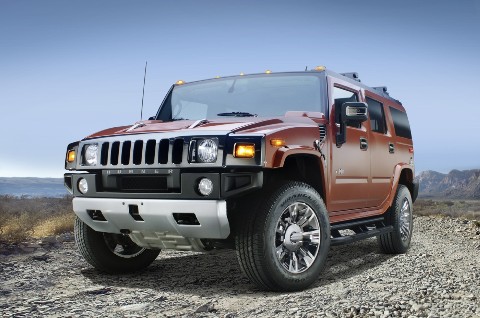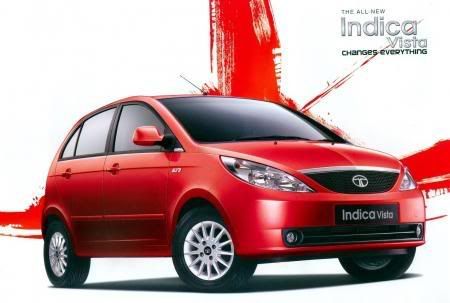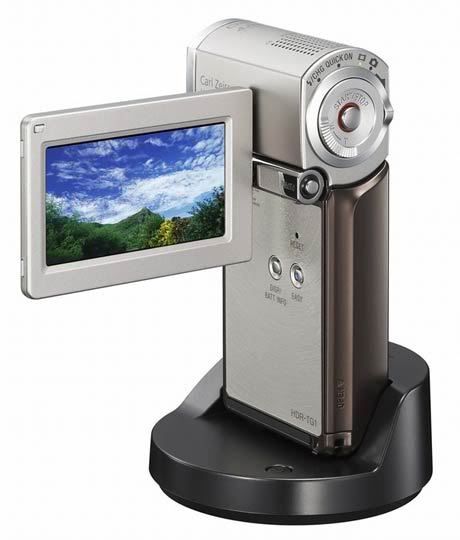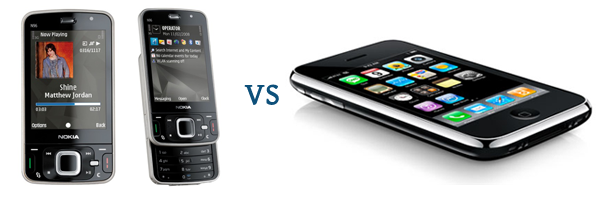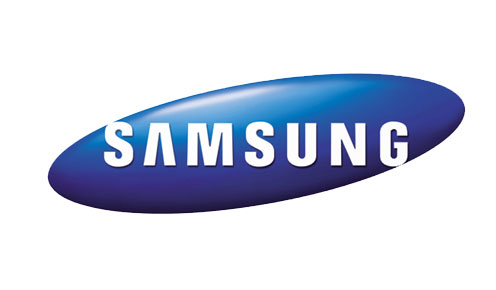Windows 7 isn't just getting good reviews, it's also selling well, CEO Steve Ballmer told shareholders Thursday.
Delivering opening remarks at Microsoft's shareholder meeting, Ballmer said that Windows 7 was off to a "fantastic start."
"We've already sold twice as many units as any OS in a comparable time frame," Ballmer said. "Windows 7 is simply the best PC operating system that we or anyone else has ever built."
Microsoft CEO Steve Ballmer delivers a point at the company's Worldwide Partner Conference in July.
By last week, Windows 7 accounted for 4 percent of Web-accessing devices, according to Net Applications; it took Vista more than seven months to reach that level. Addressing the overall economy, Ballmer reiterated that things seem to have stabilized. "The economy has, at least for now, leveled off," he said.
The meeting is still going on and has just entered the question-and-answer session and I'll update this post if anything interesting comes up. So far, though, it's been mostly about local and legislative matters, rather than technological issues.
Microsoft vs. Apple
There was one fun one from a shareholder who noted that young people tend to gravitate toward Macs and that Apple seems to be outmarketing Microsoft.
"You've got a real bad image out there," the shareholder said. "You sure don't have that younger generation." Ballmer acknowledged that there are "certainly always opportunities for improvement."
"We all watch television," he said. That said, Ballmer noted that "96 times out of 100, worldwide, people choose a PC with Windows."
He added that even in the toughest market--the high end of the U.S. consumer market--Windows is chosen 83 times out of 100.
"That doesn't let us rest on our laurels," Ballmer said. "Apple has picked up a couple tenths of a percent of market share."
But those couple tenths matter, he agreed. He said the downturn in the economy has actually bolstered Windows' competitive position. "People understand that Macintoshes are quite a bit more expensive."
Another questioner asked why Microsoft can't better compete against Apple's iPhone and other smartphones.
"Certainly our objective is to have the leading position," Ballmer said. "I think we have a lot of opportunity to improve...Undoubtedly we've got our work cut out for us."
He did say that Microsoft has put a lot of smart people on the task. "We've got our heads down to do our best," Ballmer said.










